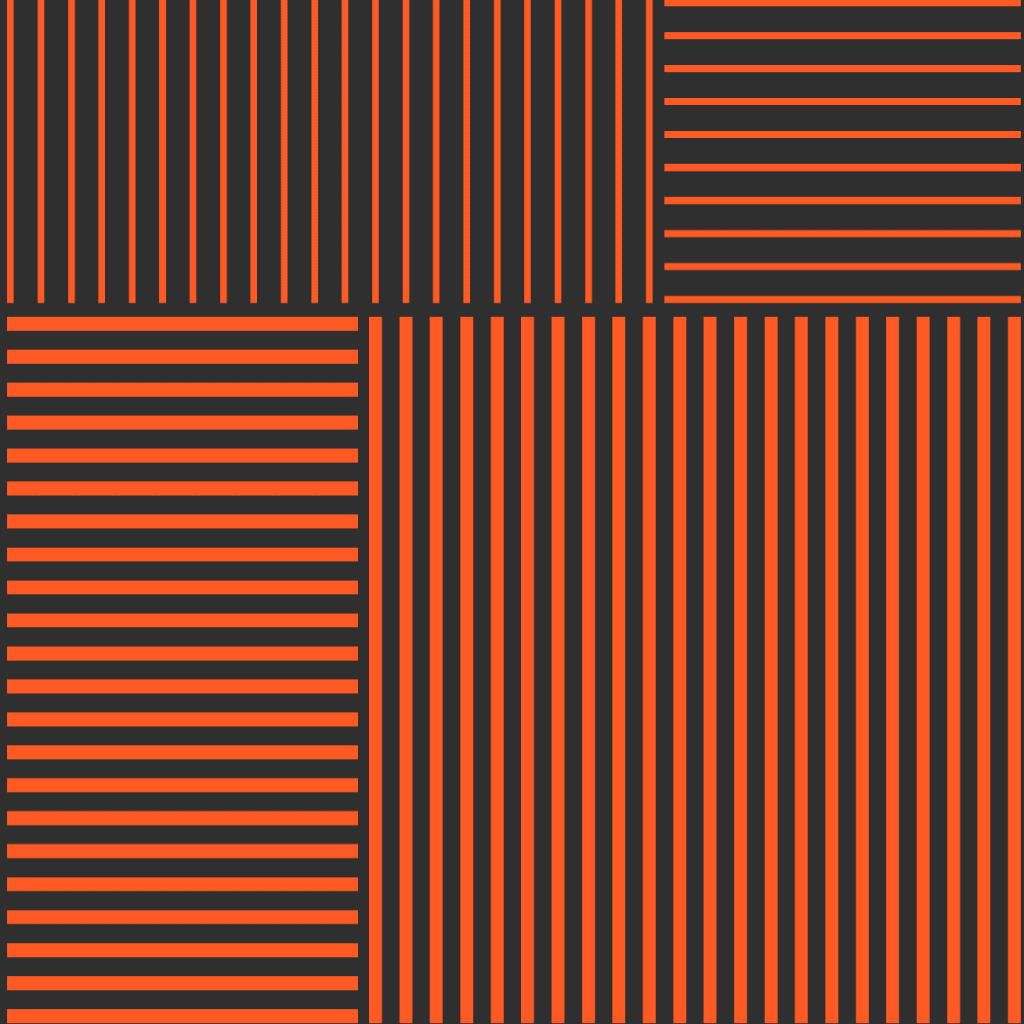I’ve covered in Part One (here) how writing sharpens your mind, clears your thoughts, and transforms your business communication. Now let’s tackle the dark side. The resistance and the procrastination. That existential dread that whispers, “Why even bother?”
This is where Urgency and Patience by Jean-Philippe Toussaint and The War of Art by Steven Pressfield come in. It’s a literary one-two punch. If writing is the act of wrestling ideas into something coherent, these books are the self-defense manual. Or the motivational coach you didn’t know you needed.
Jean-Philippe Toussaint is like that enigmatic friend who doesn’t say much but, when he does, drops a sentence that stays with you for weeks. In Urgency and Patience, he doesn’t give you a step-by-step manual for writing. Instead, he invites you into the quiet, paradoxical rhythms of the creative process. It’s a book about timing. When to move and when to pause. It challenges the way we think about productivity in writing, art, and life itself.
Urgency, Toussaint explains, is the spark. It’s that restless, electrifying energy that demands you act. It’s the rush of inspiration that strikes at midnight. The surge of adrenaline that gets you to the desk. The feeling that if you don’t get this idea out now, it might slip away forever. Urgency is the lifeblood of creation. Without it, you’re left endlessly circling the runway, too afraid or unmotivated to take off. Toussaint describes this as the moment when creativity feels like a race against time. When the sheer act of doing feels like its own kind of victory. It’s what separates the dreamers from the doers. The perpetual planners from those who actually pick up the pen or open the laptop.
But then comes patience, the quieter, more demanding counterpart to urgency. Patience, according to Toussaint, is where the real work of artistry begins. It’s the willingness to let your words, ideas, and projects breathe, to give them the space they need to transform. It’s stepping away from the canvas, the page, or the screen, and trusting that clarity will come when the time is right. Patience isn’t about procrastination or avoidance; it’s an active process of refinement, a deliberate choice to let something unfold rather than forcing it into existence.
For Toussaint, the interplay between urgency and patience mirrors the natural rhythms of life. Just as seasons cycle between growth and rest, so too must creativity oscillate between bursts of energy and intentional pauses. He likens patience to cultivating a garden. You plant the seeds during moments of urgency, but it’s the patient tending and waiting that allows them to bloom.
Think of the times you’ve sent an email in the heat of the moment, only to regret it later. That’s urgency unchecked, urgency without patience. Toussaint’s wisdom reminds us that while the fire of creation is essential, it needs the balance of careful editing and thoughtful restraint. It’s the difference between a draft that’s raw and chaotic versus one that’s sharp, cohesive, and resonant.
And then there’s the emotional layer of patience. Toussaint’s quiet acknowledgment that not everything comes together on our timeline. Sometimes, the words don’t flow, the ideas feel muddled, or the project stalls. Patience is about sitting with that discomfort without rushing to “fix” it. It’s about trusting that creativity has its own rhythm and that forcing the process often leads to brittle, uninspired results. He writes about the necessity of letting the subconscious do its work, about how stepping away can sometimes be the most productive thing you can do. It’s not procrastination; it’s allowing the mind to process, connect, and deepen.
Think about it like baking. Urgency is what gets you to mix the ingredients and preheat the oven, but patience ensures the bread rises properly and bakes evenly. Rushing the process might get something on the table faster, but it won’t be what you intended. It’ll be half-baked, literally and figuratively. And just as a baker knows the difference between a loaf that’s ready and one that needs more time, the creative process requires the same sensitivity.
Toussaint’s work is a profound reminder that creativity isn’t about sprinting to the finish line. It’s about learning the delicate balance of starting with passion and finishing with precision. It’s about embracing the urgency that gets you moving while cultivating the patience that ensures what you’ve created is truly worth sharing.
If Toussaint is the philosopher of creativity, Steven Pressfield is the grizzled veteran barking orders to get you out of your own way. In The War of Art, he doesn’t tiptoe around the realities of the creative process. He declares war on the single greatest enemy of creativity: Resistance. Pressfield personifies Resistance as a cunning, shape-shifting adversary that knows all your weaknesses. It’s the invisible force that convinces you to binge Netflix instead of opening your notebook, that whispers “you’re not good enough” when you think about starting a new project, and that tricks you into prioritizing laundry, TikTok, or reorganizing your bookshelf over the thing you know you should be doing.
What makes Resistance so dangerous, according to Pressfield, is its subtlety. It doesn’t show up as an obvious villain; it masquerades as logical excuses, sudden distractions, or even noble intentions like “I’ll start tomorrow when I have more time.” But underneath it all, Resistance is about fear. The fear of failure or even success. The fear of judgment or the unknown. And its goal is to stop you from doing the work.
Pressfield’s antidote? Brutal discipline. He believes creativity isn’t some whimsical dance with inspiration: It’s a battle you have to fight every single day. And you fight it by treating your craft like a profession, not a hobby. Just like you wouldn’t skip work because you’re “not feeling it,” you don’t skip writing (or painting, coding, designing) because the muse hasn’t shown up. The muse, Pressfield argues, is lazy. She’ll only meet you halfway, and you need to be at your desk, ready and waiting, for her to appear.
His philosophy is refreshingly no-nonsense. Stop romanticizing the perfect moment, the ideal environment, or the elusive “right mindset.” The only way to beat Resistance is to start. And start again. And again. Even when you’re tired, uninspired, or convinced that what you’re creating is terrible. Because the act of showing up. Putting pen to paper or fingers to keyboard – is what builds momentum. It silences self-doubt, and eventually, sparks inspiration.
Pressfield’s core message is simple but revolutionary: You don’t need to feel ready to start. Waiting for readiness or inspiration is just another form of procrastination, another victory for Resistance. Start before you’re ready, and trust that the act of doing will bring clarity, focus, and eventually, creativity.
For entrepreneurs, writers, or anyone chasing a big goal, Pressfield’s approach is a wake-up call. Resistance doesn’t just target writers; it targets anyone trying to do something meaningful. The startup founder hesitating to make cold calls? That’s Resistance. The team leader avoiding a difficult conversation? Resistance again. The artist waiting for the perfect conditions to begin their masterpiece? You guessed it: Resistance.
Pressfield doesn’t promise that beating Resistance will get easier, but he does promise it’s worth it. He simply says: show up and do the work. Even when it feels pointless or hard, it is the only way to break through the blocks and uncover what you’re truly capable of.
Toussaint and Pressfield seem to be opposites. One preaching the importance of waiting, the other demanding relentless action. I’ll argue they’re actually two sides of the same coin. Here’s the trick: urgency gets you started, but patience ensures you finish. Pressfield gives you the tools to push past procrastination, while Toussaint teaches you when to slow down and let the work mature.
For entrepreneurs, this balance is the key. Launching a product too soon can spell disaster, but waiting until it’s “perfect” means it may never see the light of day. The key is to act while staying open to iteration. A lesson that applies to startups, novels, and pretty much every creative endeavor.
Practical Insights for Entrepreneurs and Creatives
1. Set Deadlines, but Stay Flexible
Toussaint might argue that deadlines can stifle creativity, but let’s face it: without them, most of us would procrastinate forever. The trick is to set realistic deadlines that push you but don’t paralyze you. Pressfield would agree. Resistance thrives on open-ended timelines.
2. Work Every Day, Even When It Sucks
This one’s straight from Pressfield’s playbook. Whether it’s 500 words a day, 30 minutes of brainstorming, or a single email draft, showing up consistently builds momentum. And momentum crushes Resistance.
3. Embrace the Pause
Here’s where Toussaint’s patience comes in. After you’ve done the work, step away. Revisit it later with fresh eyes. This is especially important for big decisions—investor decks, product launches, or even personal essays.
4. Reframe Failure as a Process
Pressfield is blunt: you will fail. But every failure is a step forward, a brick in the road to mastery. Toussaint would argue that patience allows you to see failure as part of the journey, not the end of it.
Let me take you back to that Berlin lockdown walk, after picking up Stephen King’s On Writing. I started journaling again. Just me, a notebook, and a pen. No audience, no pressure. And you know what? Resistance was loud. It whispered, “This doesn’t matter. No one will read it. You’re wasting time.”
But I kept at it. I wrote every morning, sometimes just a single sentence. Sometimes pages. The act itself was the victory. Slowly, the noise quieted. The process became the focus. Just sitting down and writing became the reward.
Then came the patience part. I’d look back at old entries weeks later and realize something incredible: clarity. Ideas that seemed at first read-through chaotic on the page became threads I could weave into something cohesive. Something cohesive. What started as a fight with Resistance turned into a conversation with myself. Writing became both the battlefield and the balm.
Toussaint and Pressfield teach us that creativity, whether in writing, business, or life, is a constant balancing act. It’s about knowing when to push and when to pause, when to fight through Resistance and when to let patience take the wheel.
If you’ve ever felt stuck (in your creative work, business or both) consider this: Maybe the problem isn’t the goal or the process, but how you’re approaching it. Are you waiting for the perfect moment instead of starting? Are you rushing to finish instead of letting the work breathe?
This balance of urgency and patience isn’t just for writers. It’s for anyone who creates, builds, or chases something meaningful. And if you’re still with me, mastering this paradox is key to turning your ambition into reality. Because in the end, breaking through those creative blocks and embracing the paradox of persistence and patience isn’t just about the work you do. It’s about discovering who you are in the process.




